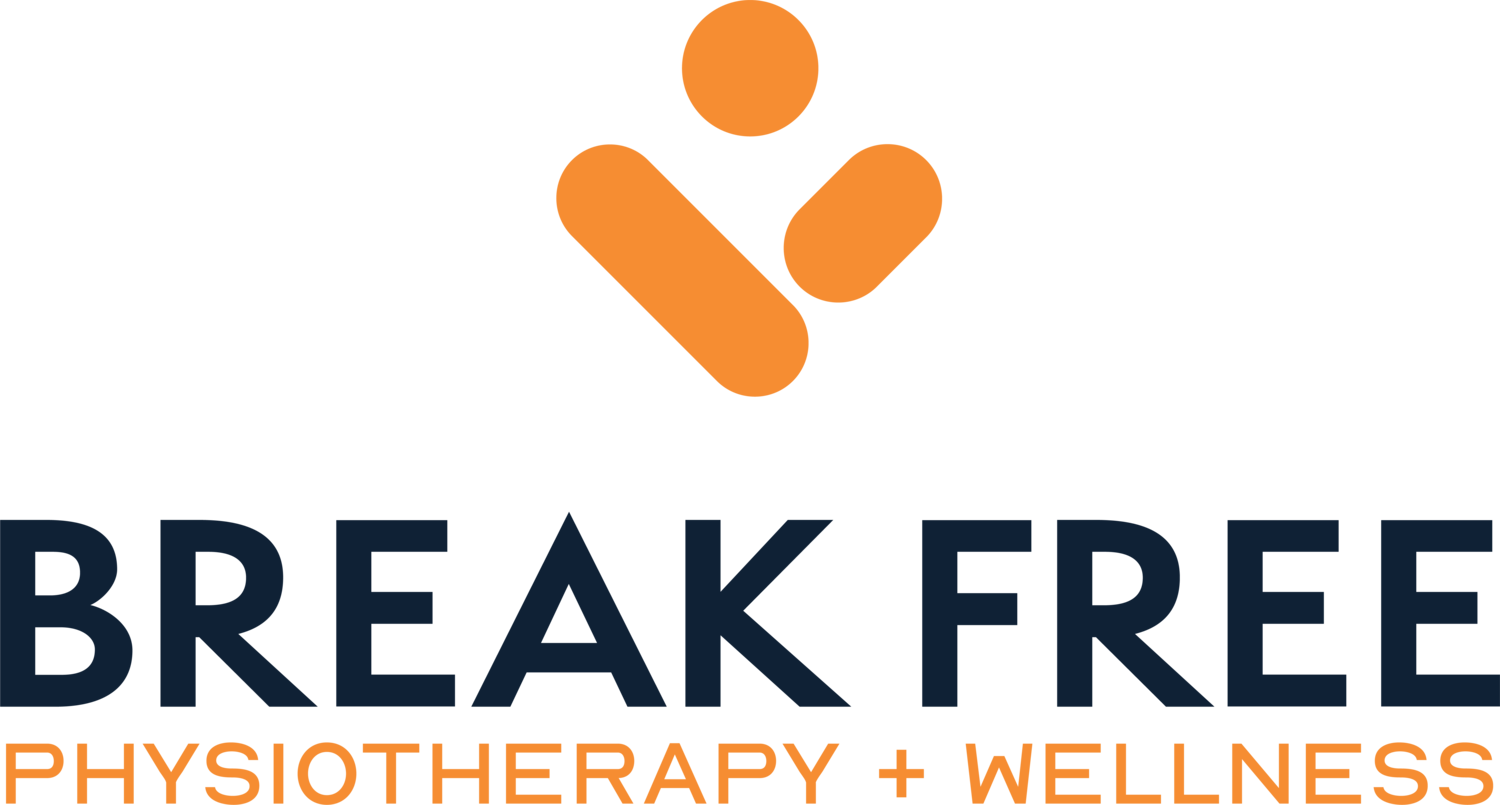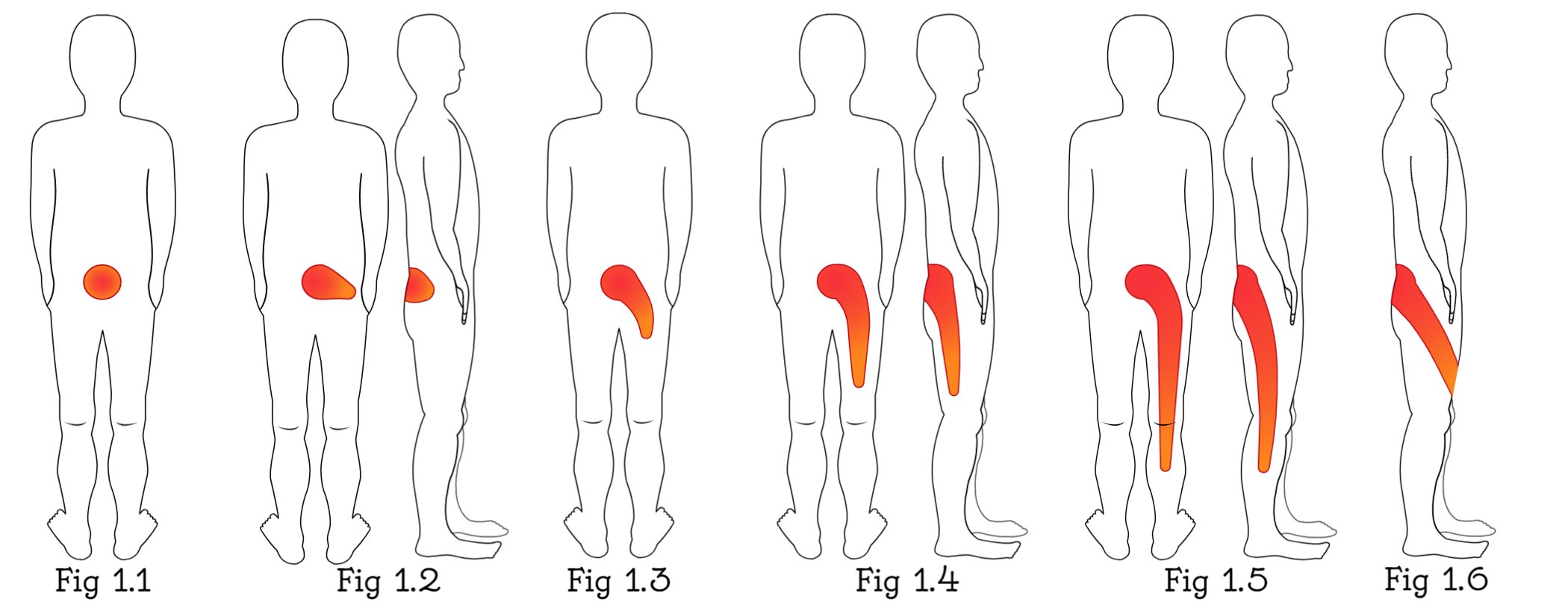Centralization vs. Peripheralization
What is it and what does it have to do with my neck or back pain?
Centralization and peripheralization are characteristics that help predict the outcome of a condition. Specifically, these characteristics provide us with more information about how treatment for your neck or back pain is progressing, and an estimated timeline for recovery.
These defining characteristics in the context of neck and back pain stem from the McKenzie Method (Mechanical Diagnosis and Therapy or MDT for short), which you can read more about in our MDT Blog. The centralization and peripheralization of symptoms occur in one of the most common McKenzie classifications of spinal pain called the derangement syndrome. Treatment for this syndrome targets a repeated movement in one direction that leads to a gradual reduction in those symptoms.
Centralization refers to abolishing or reducing symptoms of distal pain in response to repeated movements or sustained postures. An example of this would be if pain in the knee relocated to the thigh or even into the back, thus centralizing the pain towards the center of the body. This also encompasses an increase in restricted range of movement. When centralization occurs, this is often associated with less pain, improved function and return to work in both the short and long term. Overall, centralization is a good sign, even if the back or neck pain increases in intensity. Current research shows that 58% to 91% of those with low back pain experience centralizing symptoms, which is why it is important to visit a physiotherapist to identify these pain patterns for a better recovery.
This diagram depicts pain travelling from the spine, peripheralizing down the legs.
Fig 1.6 shows a less common path the pain may travel.
Peripheralization on the other hand, refers to pain that spreads further into the limbs or away from the spine. When symptoms are peripheralized, even if the intensity is less than in the back or the neck, this is not a good sign. An example of this would be if pain in the neck travelled outwards towards the shoulders or arms. Peripheralization is often an indicator for a longer recovery time, and if symptoms continue to peripheralize despite receiving treatment, this may indicate candidacy for surgery. Reaching out to a physiotherapist to determine the activities that are causing this peripheralization is key to recovery.
There are significant negative impacts on the health and well being of those who experience neck or back pain. Pain can make an everyday task a major inconvenience. Finding a solution to mitigate the pain and restore the function whether it’s for simple tasks, occupations, or hobbies shouldn’t be difficult.
For more information about how centralization and peripheralization may be related to your lower back or leg pains, tingling, or numbness, check out this blog that Corey guest authored on PainHero.
Book an appointment with a physiotherapist at Break Free to start your recovery now!
Blog Author
This blog was written by our Physiotherapy Student, Christine!
She is completing her Master of Physiotherapy degree at the University of Western Ontario, and just completed a placement at Break Free the Summer of 2022. She is from Markham, Ontario, received her Honours Bachelor of Science degree in Kinesiology at McMaster University, and has begun her final year at Western.





